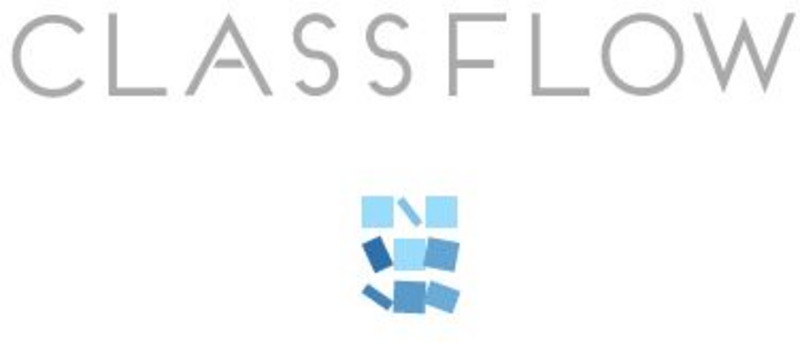Alabama Learning Exchange
Alex: Classification
This lesson will explain the reasons that society groups and classifies. The lesson has a hands-on component that helps students connect everyday grouping with the way that scientists group and classify all living organisms.
Other
University of Aberdeen: The Phyla of Kingdom Animalia
Very systematic breakdown of the animal kingdom starting with the simplest type the sponge, all the way to the chordate or vertebrate. Each phylum has a link with information.
ClassFlow
Class Flow: Animal Sorting
[Free Registration/Login Required] This K-2 flipchart is designed to make animal classification fun! Sort the animals into categories and think like a scientist!
ClassFlow
Class Flow: Animal Classification
[Free Registration/Login Required] Students will classify organisms into groups and relate how they determined the groups with how and why scientists use classification. They will also demonstrate how animals are sorted into groups...
E-learning for Kids
E Learning for Kids: Science: Antilles: How Can We Classify Animals?
Naomi teaches diving and meets all kinds of animals underwater. Join her and learn about grouping animals.
E-learning for Kids
E Learning for Kids: Science: Caribbean Sea: How Can We Classify Animals?
Welcome to Hideaway Island where five pirates need to find crews for their ships. Join in and learn about animals with backbones.
Read Works
Read Works: Classify and Categorize 2nd Grade Unit
[Free Registration/Login Required] A series of three lesson plans designed to teach students to classify and categorize items, characters, and information. The third activity is based on the book Splish! Splash! Animal Baths by April...
The Franklin Institute
The Franklin Institute: Living Things Families
What do centipedes and crabs have in common? What's so special about a backbone? Check this site out from The Franklin Institute if you are interested in biology and classification.
Read Works
Read Works: Lessons: Lesson 1: Adding to Sorted Groups
[Free Registration/Login Required] A lesson plan and materials to teach kindergarten students to sort items into existing categories using the book My Big Animal Book by Roger Priddy.
ClassFlow
Class Flow: Classifying Critters
[Free Registration/Login Required] This flipchart helps students understand how to classify animals. There are 3 groups in this flipchart - reptiles, fish, and birds. Included in the flipchart are web links, Activote questions,...
ClassFlow
Class Flow: Classifying Invertebrates
[Free Registration/Login Required] This is a lesson on classifying invertebrates based on their observable features. It focuses on the three types of worms: flatworm, roundworm, and segmented worm. The lesson contains 3 videos as well as...
CK-12 Foundation
Ck 12: Life Science: 11.9 Organization of Living Things
Learn the system that scientists use to classify living things.
Other
Science4 Us: Animals
In online and offline activities, students broaden their understanding of animals by learning to identify and classify animals into six categories: mammals, birds, fish, amphibians, reptiles, and invertebrates.
ArtsNow
Arts Now Learning: What Class Are You In? [Pdf]
Drawing evidence from informational text and using it to compose text for ABA form in music, 5th graders will add onto a poem about vertebrates and how they are classified.
ClassFlow
Class Flow: What Are Vertebrates?
[Free Registration/Login Required] This flipchart discussed the characteristics of vertebrates. Using Activotes, students are asked to classify characteristics and deduce the common features and determine the defining characteristic. Web...












